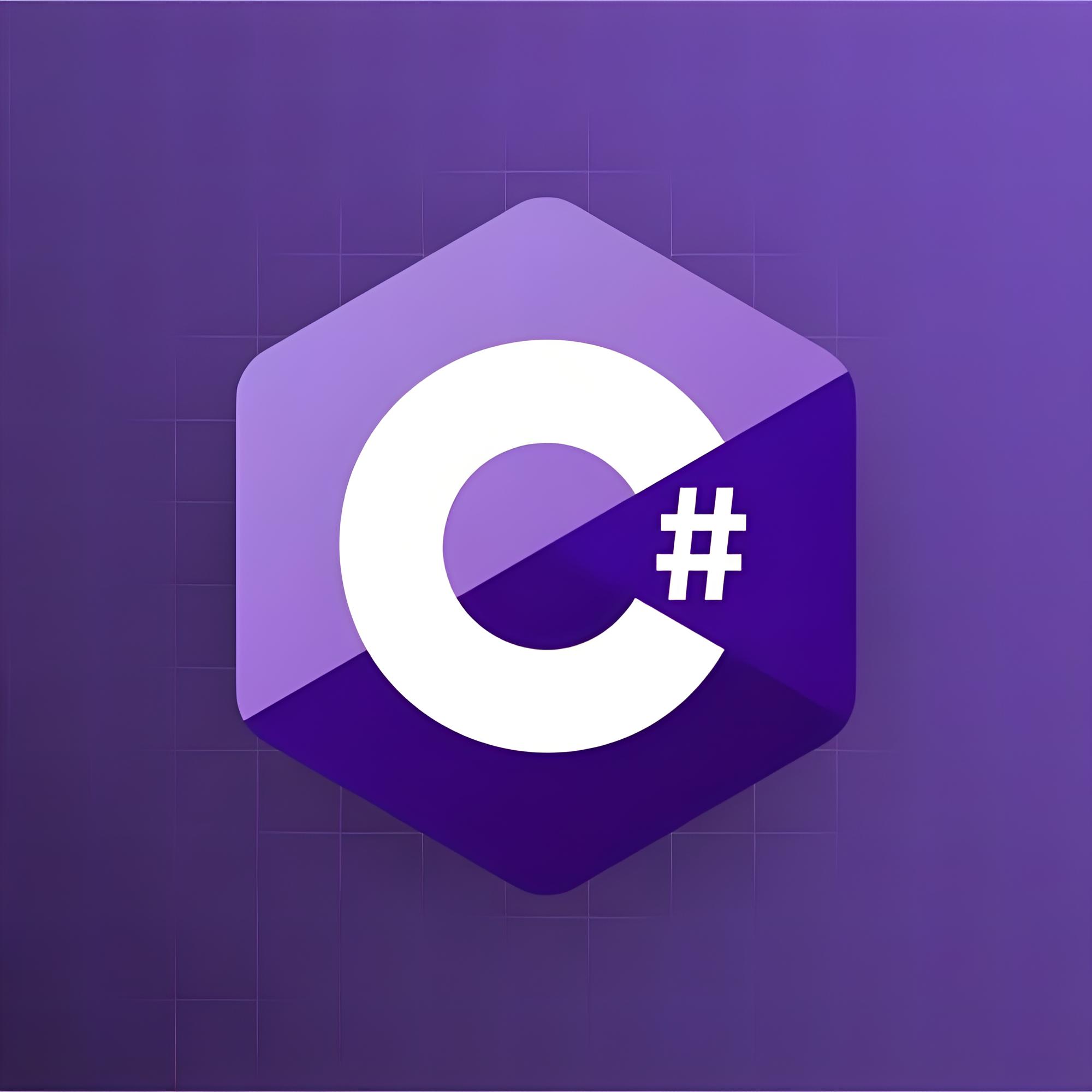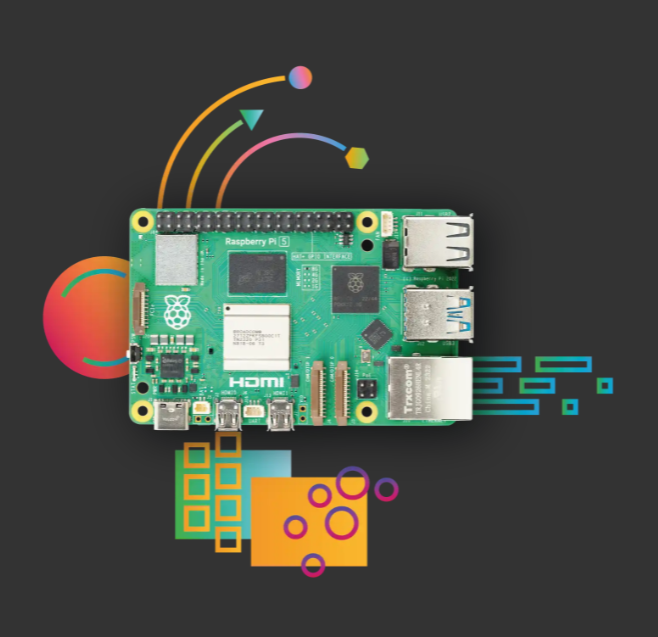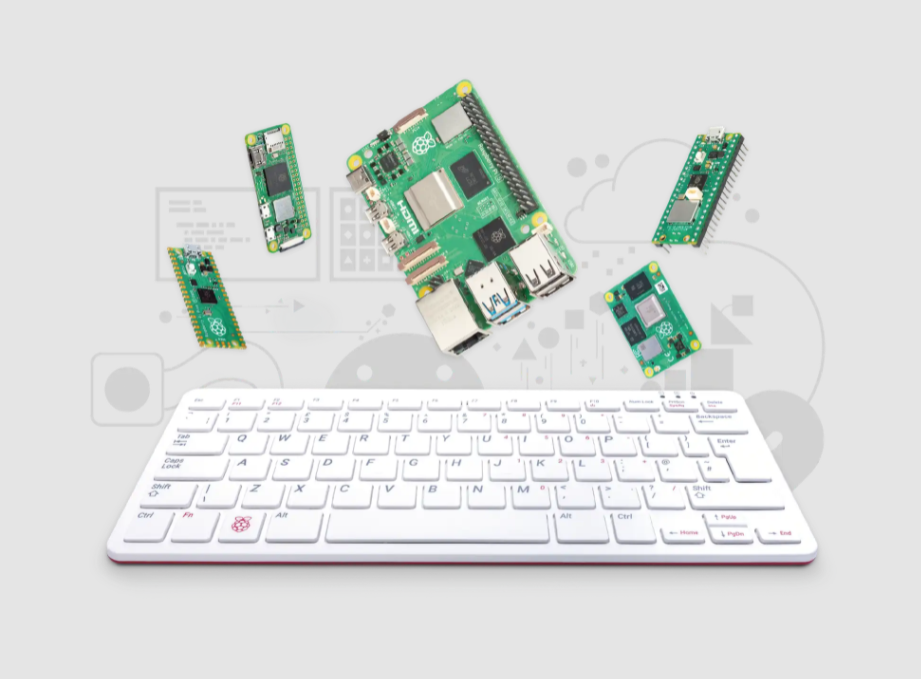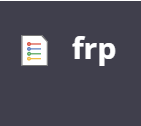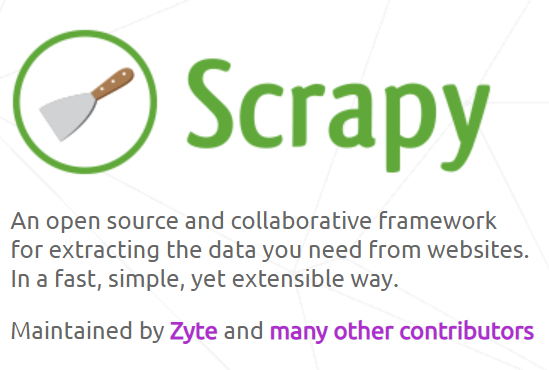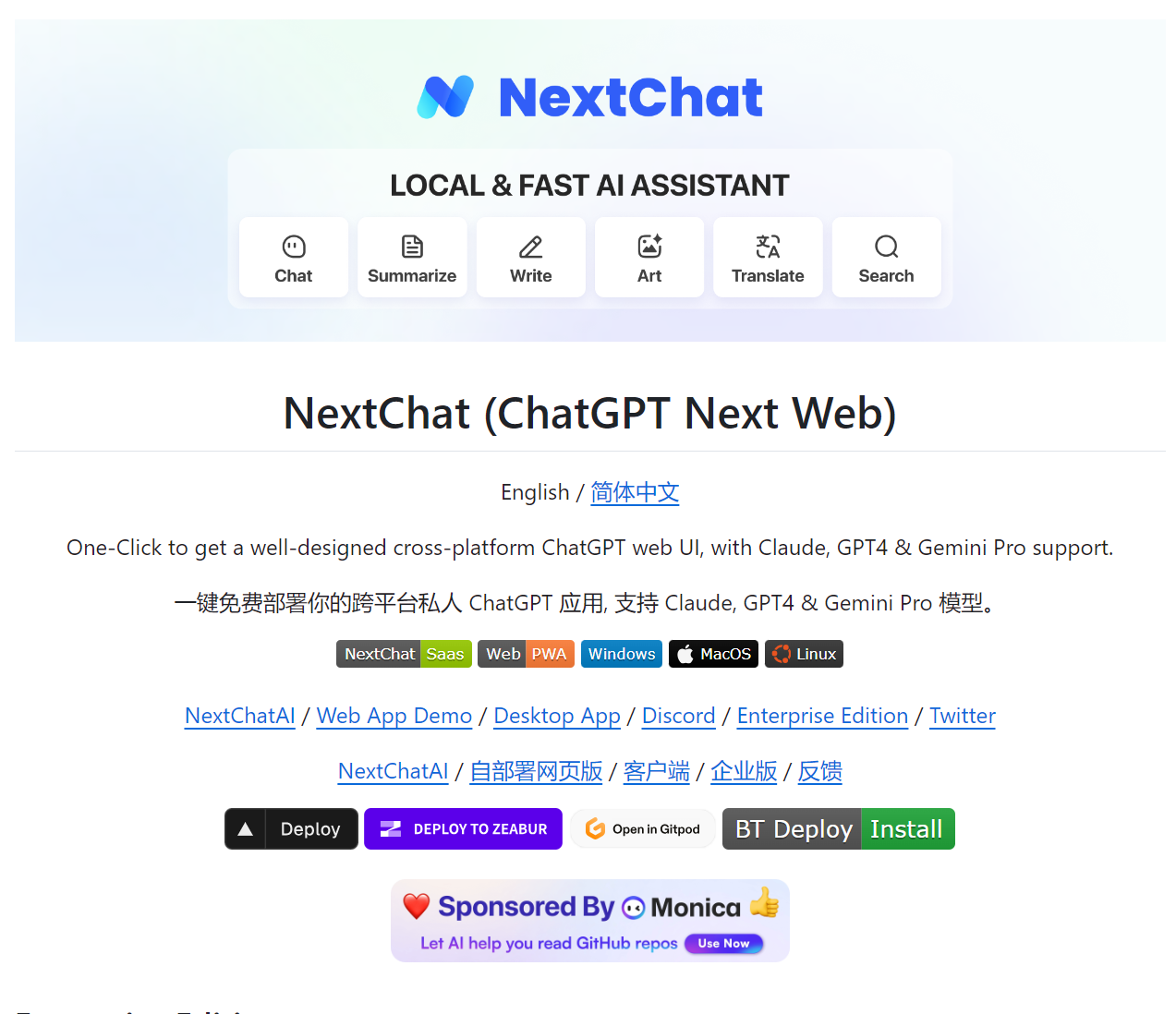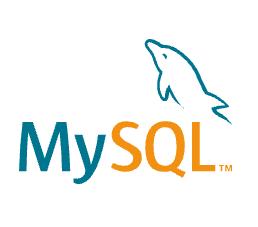深入解析 Spring Boot 中的 HTTP 客户端:RestTemplate vs WebClient vs Apache HttpClient
在 Spring Boot 开发中,选择合适的 HTTP 客户端工具对于实现高效且稳定的网络请求至关重要。本文将详细介绍 RestTemplate、WebClient 和 Apache HttpClient 这三种常用的 HTTP 请求工具,包括它们的特点、使用方法、优缺点以及适用场景,并给出选择建议。
一. RestTemplate
1.1 概述
RestTemplate 是 Spring 提供的一个同步 HTTP 客户端工具,它基于 Java 的 HttpURLConnection 实现。尽管它非常适合简单的 RESTful 服务调用,但在高并发场景下性能表现较差。自 Spring 5 起,官方推荐使用更现代的 WebClient 来替代 RestTemplate。
1.2 特点
- 同步调用:所有的请求都会阻塞当前线程直到响应返回。
- 简单易用:API 设计简洁,适合快速开发和简单的 GET、POST 请求。
- 已过时:虽然依然可用,但考虑到其局限性和 Spring 的未来方向,建议新项目优先考虑其他选项。
1.3 使用方法
无需额外添加依赖,因为它包含在 spring-boot-starter-web 中。
示例代码:
import org.springframework.http.HttpEntity;
import org.springframework.http.HttpMethod;
import org.springframework.http.ResponseEntity;
import org.springframework.web.client.RestTemplate;
public class RestTemplateExample {
private final RestTemplate restTemplate = new RestTemplate();
public void get() {
String url = "http://localhost:8081/api/data";
ResponseEntity<String> response = restTemplate.getForEntity(url, String.class);
System.out.println("RestTemplate Sync GET Response: " + response.getBody());
}
public void post() {
String url = "http://localhost:8081/api/data";
String requestBody = "{\"key\":\"value\"}";
HttpEntity<String> requestEntity = new HttpEntity<>(requestBody);
ResponseEntity<String> response = restTemplate.exchange(url, HttpMethod.POST, requestEntity, String.class);
System.out.println("RestTemplate Sync POST Response: " + response.getBody());
}
}1.4 优点
- 简单易用,适合快速开发。
- 支持常见的 HTTP 方法(GET、POST、PUT、DELETE 等)。
1.5 缺点
- 同步调用模式限制了其在高并发环境下的表现。
- 不支持非阻塞和响应式编程模型。
二. WebClient
2.1 概述
WebClient 是 Spring WebFlux 提供的一种非阻塞、响应式的 HTTP 客户端,适用于需要处理大量并发请求或构建响应式应用的场景。它基于 Reactor 项目实现,提供了强大的流式 API 支持。
2.2 特点
- 非阻塞:支持异步和响应式编程模型,可以显著提高系统吞吐量。
- 高性能:特别适合于高并发场景。
- 灵活性:支持复杂的请求构造和响应处理。
2.3 使用方法
需要引入 spring-boot-starter-webflux 依赖。
示例代码:
import org.springframework.web.reactive.function.client.WebClient;
import reactor.core.publisher.Mono;
public class WebClientExample {
private final WebClient webClient = WebClient.create();
/**
* GET 同步调用
*/
public void webClientGetBlocking() {
String url = "http://localhost:8081/api/data";
Mono<String> responseMono = webClient.get()
.uri(url)
.retrieve()
.bodyToMono(String.class);
String response = responseMono.block(); // 阻塞直到获取响应
System.out.println("WebClient Blocking GET Response: " + response);
}
/**
* POST 同步调用
*/
public void webClientPostBlocking() {
String url = "http://localhost:8081/api/data";
String requestBody = "{\"key\":\"value\"}";
Mono<String> responseMono = webClient.post()
.uri(url)
.bodyValue(requestBody)
.retrieve()
.bodyToMono(String.class);
String response = responseMono.block(); // 阻塞直到获取响应
System.out.println("WebClient Blocking POST Response: " + response);
}
/**
* GET 异步调用
*/
public void webClientGetNonBlocking() {
String url = "http://localhost:8081/api/data";
webClient.get()
.uri(url)
.retrieve()
.bodyToMono(String.class)
.subscribe(response -> System.out.println("WebClient Non-Blocking GET Response: " + response));
}
/**
* POST 异步调用
*/
public void webClientPostNonBlocking() {
String url = "http://localhost:8081/api/data";
String requestBody = "{\"key\":\"value\"}";
webClient.post()
.uri(url)
.bodyValue(requestBody)
.retrieve()
.bodyToMono(String.class)
.subscribe(response -> System.out.println("WebClient Non-Blocking POST Response: " + response));
}
}2.4 优点
- 非阻塞特性使其非常适合高并发场景。
- 支持响应式编程模型,允许更灵活的数据流处理。
- 功能强大,能够满足复杂请求的需求。
2.5 缺点
- 学习曲线较陡,尤其是对于不熟悉响应式编程的开发者。
- 需要引入额外的依赖(如 WebFlux),增加了项目的复杂性。
三. Apache HttpClient
3.1 概述
Apache HttpClient 是一个功能全面的 HTTP 客户端库,支持同步和异步调用方式,非常适合那些对请求有精细控制需求的应用场景。
3.2 特点
- 功能强大:支持从简单的到非常复杂的请求处理逻辑。
- 灵活性:用户可以根据需要调整请求行为。
- 同步和异步:既支持传统的同步调用也支持异步调用。
3.3 使用方法
需手动添加 httpclient 和 httpasyncclient 依赖。
示例代码:
import org.apache.http.HttpResponse;
import org.apache.http.client.methods.CloseableHttpResponse;
import org.apache.http.client.methods.HttpGet;
import org.apache.http.client.methods.HttpPost;
import org.apache.http.concurrent.FutureCallback;
import org.apache.http.entity.StringEntity;
import org.apache.http.impl.client.CloseableHttpClient;
import org.apache.http.impl.client.HttpClients;
import org.apache.http.impl.nio.client.CloseableHttpAsyncClient;
import org.apache.http.impl.nio.client.HttpAsyncClients;
import org.apache.http.util.EntityUtils;
public class HttpClientExample {
/**
* GET 同步调用
* @throws Exception
*/
public void apacheHttpClientGetSync() throws Exception {
CloseableHttpClient httpClient = HttpClients.createDefault();
String url = "http://localhost:8081/api/data";
HttpGet get = new HttpGet(url);
try (CloseableHttpResponse response = httpClient.execute(get)) {
System.out.println("Apache HttpClient Sync GET Response: " + EntityUtils.toString(response.getEntity()));
}
}
/**
* POST 同步调用
* @throws Exception
*/
public void apacheHttpClientPostSync() throws Exception {
CloseableHttpClient httpClient = HttpClients.createDefault();
String url = "http://localhost:8081/api/data";
String requestBody = "{\"key\":\"value\"}";
HttpPost post = new HttpPost(url);
post.setEntity(new StringEntity(requestBody));
post.setHeader("Content-Type", "application/json");
try (CloseableHttpResponse response = httpClient.execute(post)) {
System.out.println("Apache HttpClient Sync POST Response: " + EntityUtils.toString(response.getEntity()));
}
}
/**
* GET 异步调用
* @throws Exception
*/
public void apacheHttpClientGetAsync() throws Exception {
CloseableHttpAsyncClient asyncHttpClient = HttpAsyncClients.createDefault();
asyncHttpClient.start();
String url = "http://localhost:8081/api/data";
HttpGet get = new HttpGet(url);
asyncHttpClient.execute(get, new FutureCallback<HttpResponse>() {
@Override
public void completed(HttpResponse result) {
try {
System.out.println("Apache HttpClient Async GET Response: " + EntityUtils.toString(result.getEntity()));
} catch (Exception e) {
e.printStackTrace();
}
}
@Override
public void failed(Exception ex) {
System.err.println("Request failed: " + ex.getMessage());
}
@Override
public void cancelled() {
System.out.println("Request cancelled");
}
});
}
/**
* POST 异步调用
* @throws Exception
*/
public void apacheHttpClientPostAsync() throws Exception {
CloseableHttpAsyncClient asyncHttpClient = HttpAsyncClients.createDefault();
asyncHttpClient.start();
String url = "http://localhost:8081/api/data";
String requestBody = "{\"key\":\"value\"}";
HttpPost post = new HttpPost(url);
post.setEntity(new StringEntity(requestBody));
post.setHeader("Content-Type", "application/json");
asyncHttpClient.execute(post, new FutureCallback<HttpResponse>() {
@Override
public void completed(HttpResponse result) {
try {
System.out.println("Apache HttpClient Async POST Response: " + EntityUtils.toString(result.getEntity()));
} catch (Exception e) {
e.printStackTrace();
}
}
@Override
public void failed(Exception ex) {
System.err.println("Request failed: " + ex.getMessage());
}
@Override
public void cancelled() {
System.out.println("Request cancelled");
}
});
}
}3.4 优点
- 强大的功能集,几乎可以覆盖所有 HTTP 请求相关的需求。
- 支持同步和异步两种调用方式,适应不同的应用场景。
- 高度可配置,便于定制化开发。
3.5 缺点
- 相比其他工具,使用起来较为复杂,编写代码量较大。
- 需要手动管理资源,例如关闭连接等操作,容易出错。
四. 对比总结
|
特性 |
RestTemplate |
WebClient |
Apache HttpClient |
|
同步/异步 |
同步 |
异步(非阻塞) |
同步/异步 |
|
性能 |
较低 |
高 |
高 |
|
易用性 |
简单 |
中等 |
复杂 |
|
适用场景 |
简单 REST 调用 |
高并发、响应式 |
复杂请求处理 |
|
依赖 |
Spring Web |
Spring WebFlux |
Apache HttpClient |
通过上述分析可以看出,每种工具都有其独特的优势和适用场景。根据您的具体需求选择合适的工具是至关重要的。对于大多数新的 Spring Boot 应用程序,尤其是那些需要处理高并发或者希望利用响应式编程优势的应用,WebClient 应该是首选。而对于那些对请求细节有严格要求的场景,Apache HttpClient 可能会是一个更好的选择。而 RestTemplate 则更适合用于快速原型开发或是维护旧项目。
- 本文标签: Spring Boot
- 本文链接: https://lanzi.cyou/article/38
- 版权声明: 本文由咖啡豆原创发布,转载请遵循《署名-非商业性使用-相同方式共享 4.0 国际 (CC BY-NC-SA 4.0)》许可协议授权


